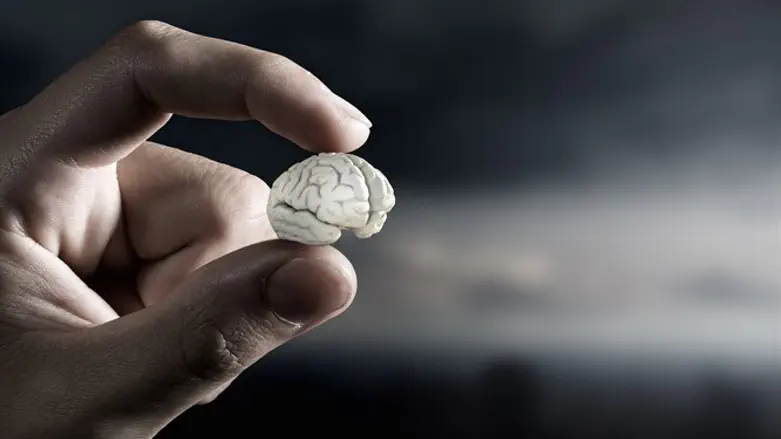
Hours and hours of screen time. How much are digital distractions changing the way kids think, and even read?
Not long ago, a cognitive neuroscientist decided to perform an experiment on herself. Maryanne Wolf, an expert on the science of reading, was worried—as perhaps you have worried—that she might be losing the knack for sustained, deep reading. She still bought books, she writes in "Reader, Come Home: The Reading Brain in a Digital World," "but more and more I read in them rather than being whisked away by them."
"At some time impossible to pinpoint, I had begun to read more to be informed than to be immersed, much less to be transported."
Despite having written a popular book, Proust and the Squid: The Story and Science of the Reading Brain, celebrating, among other things, the brain’s neuroplasticity—that is, its tendency to reshape its circuitry to adapt to the tasks most often demanded of it—Wolf told herself that it wasn’t the style of her reading that had changed, only the amount of time she could set aside for it.
Nevertheless, she felt she owed the question more rigorous scrutiny. Hence the informal experiment.